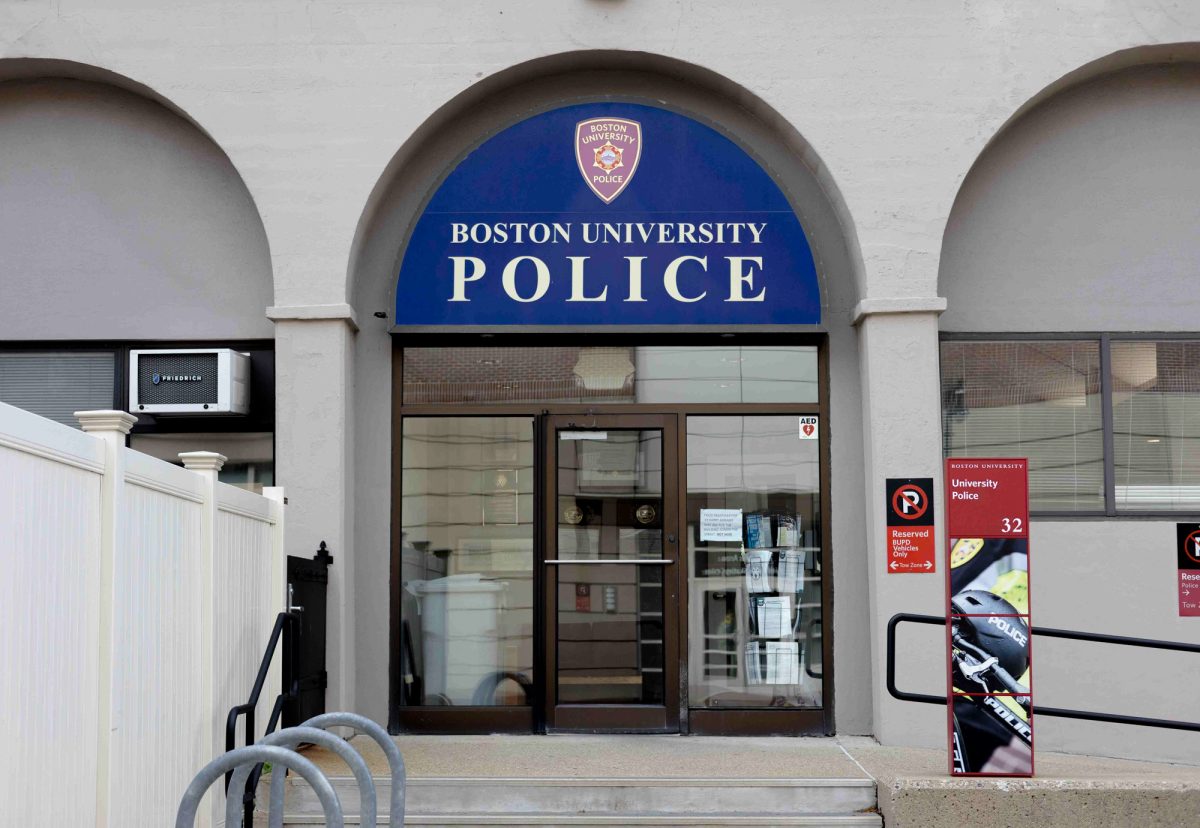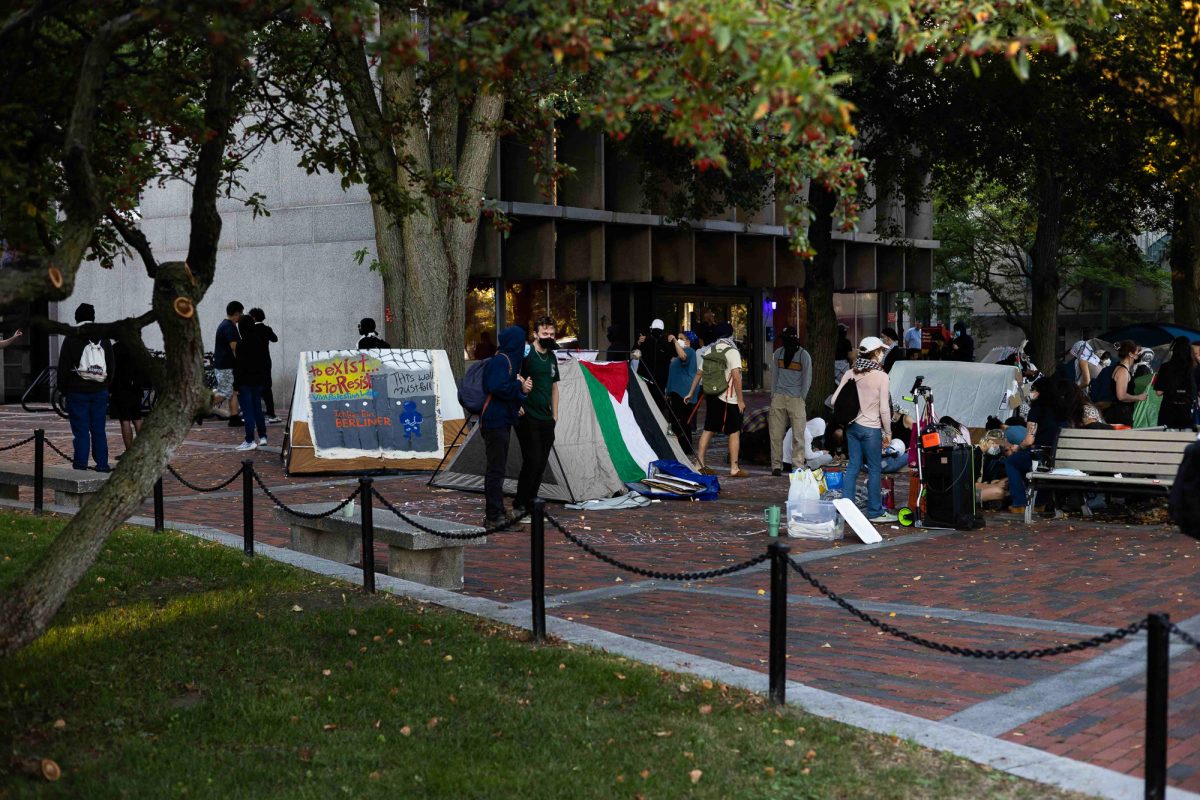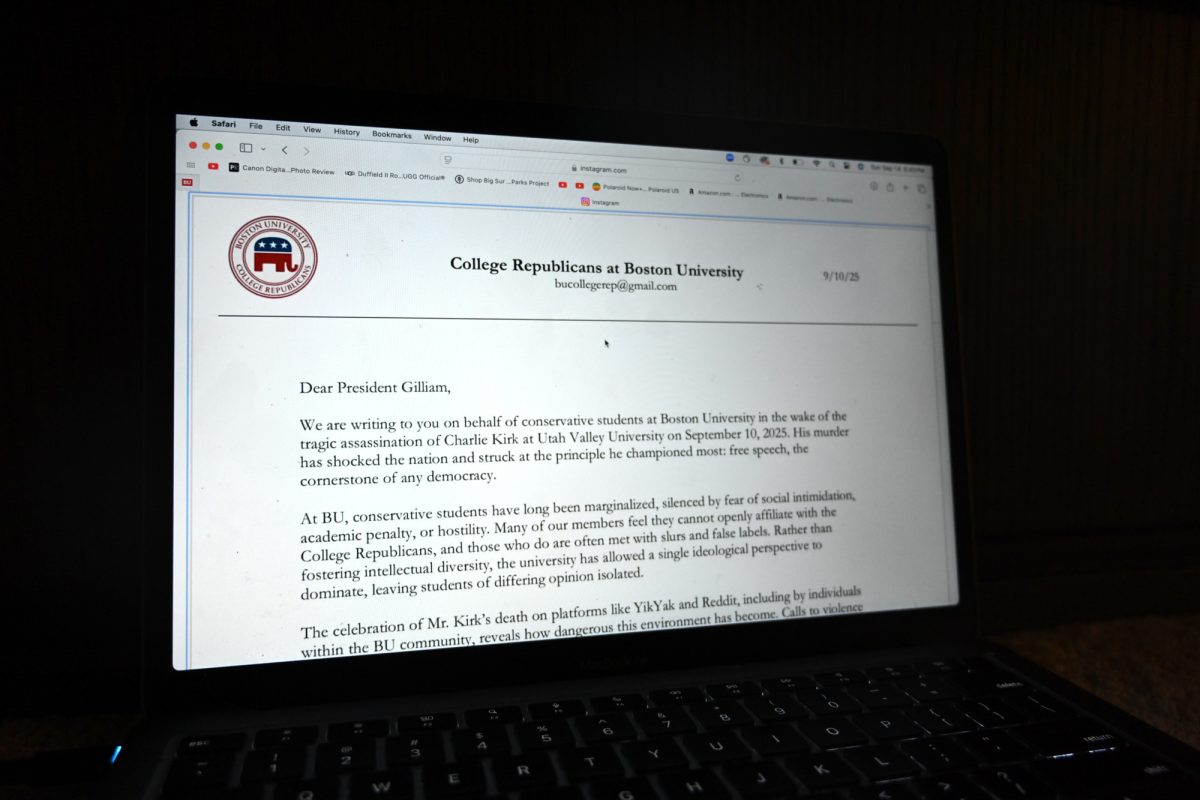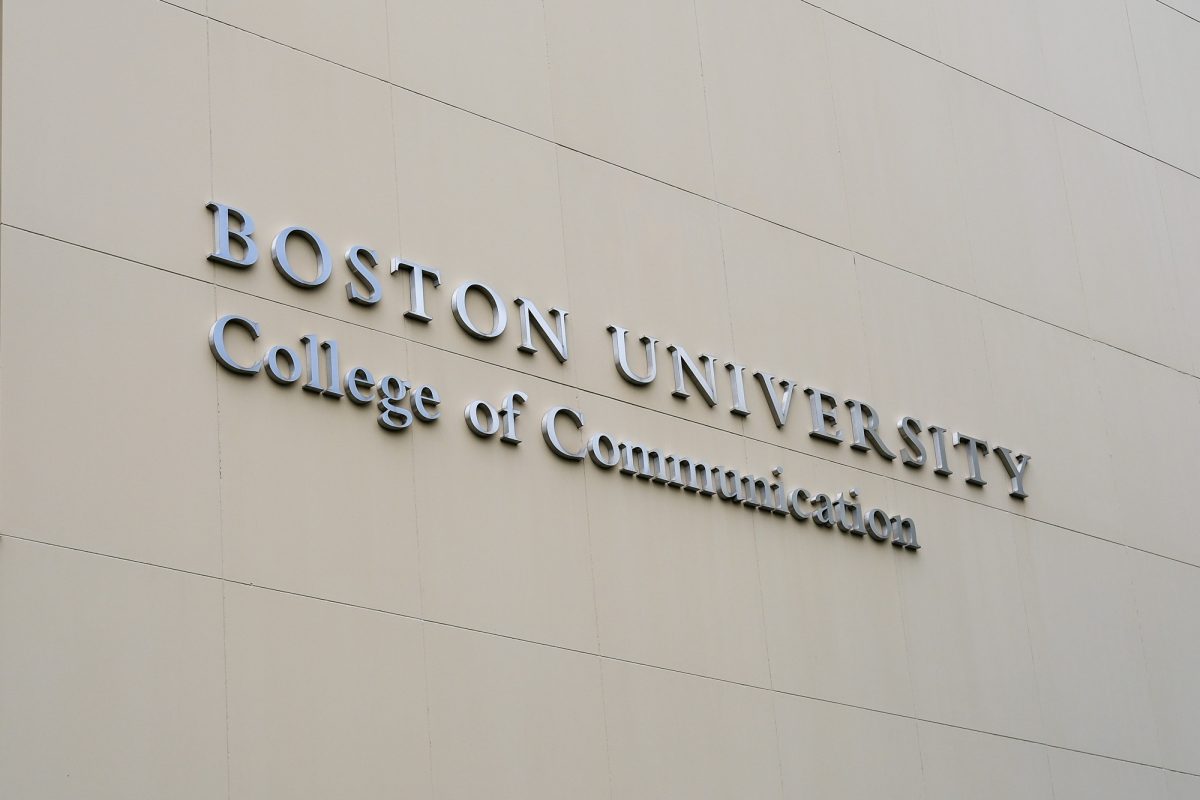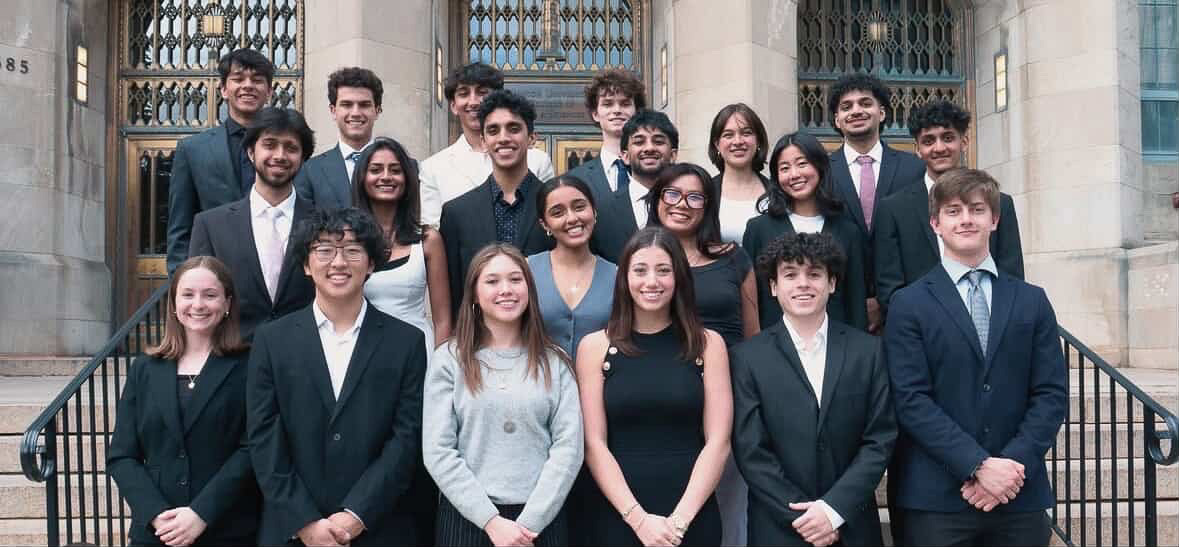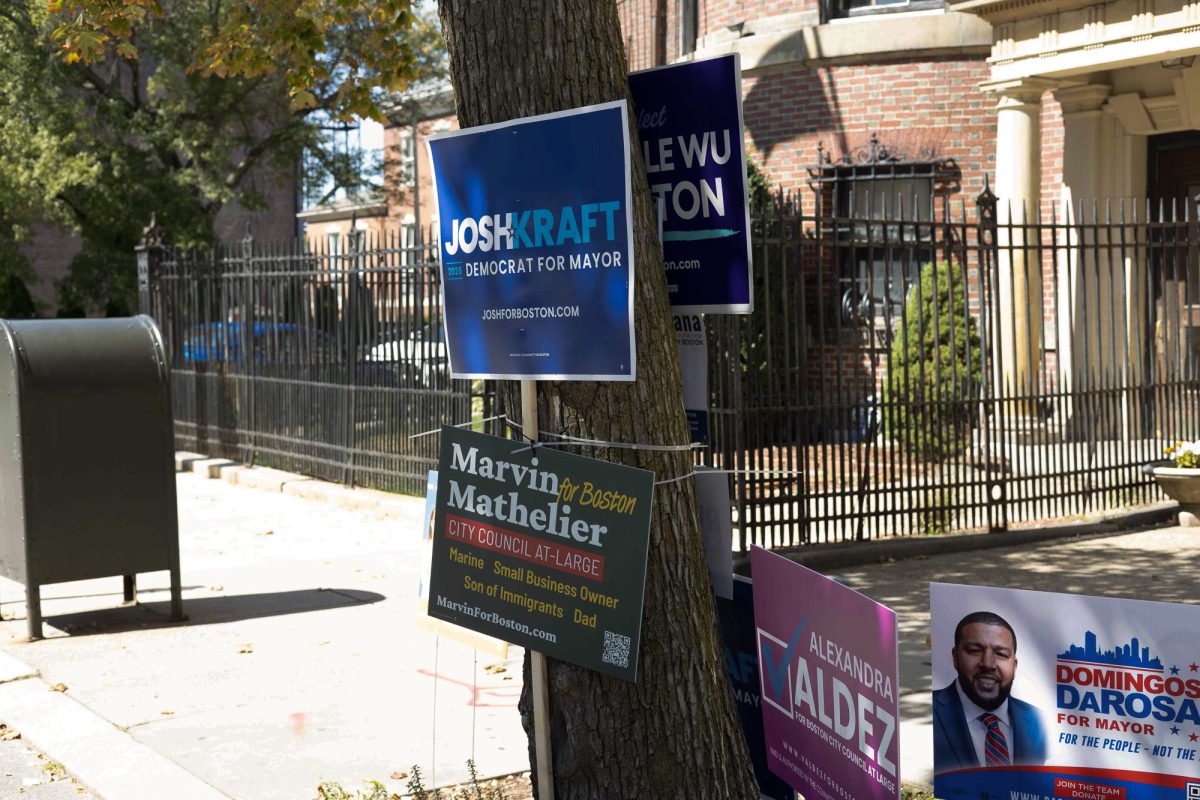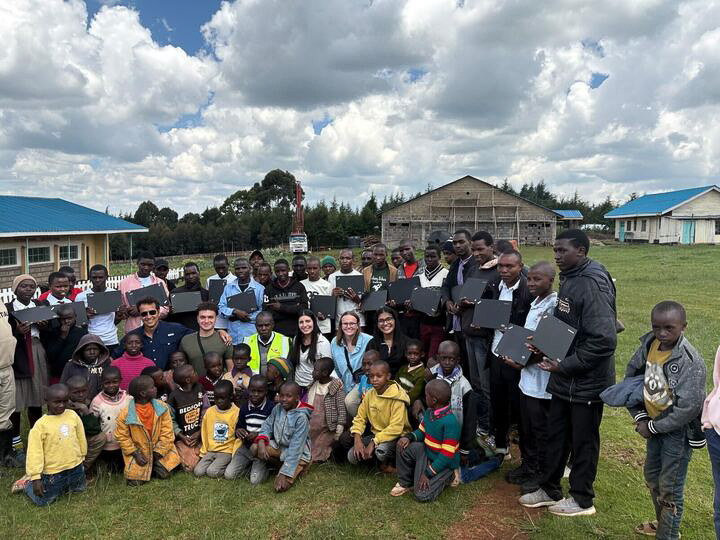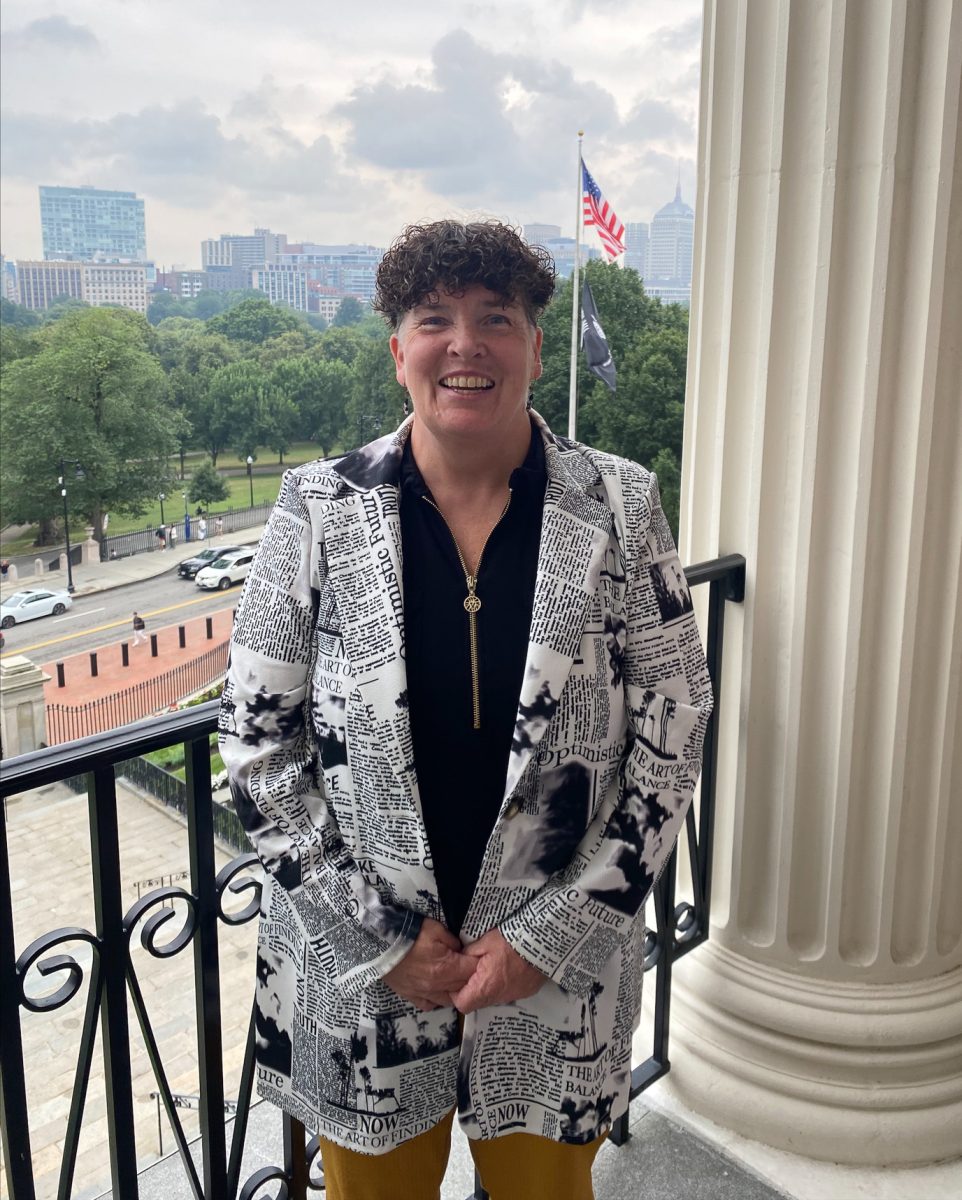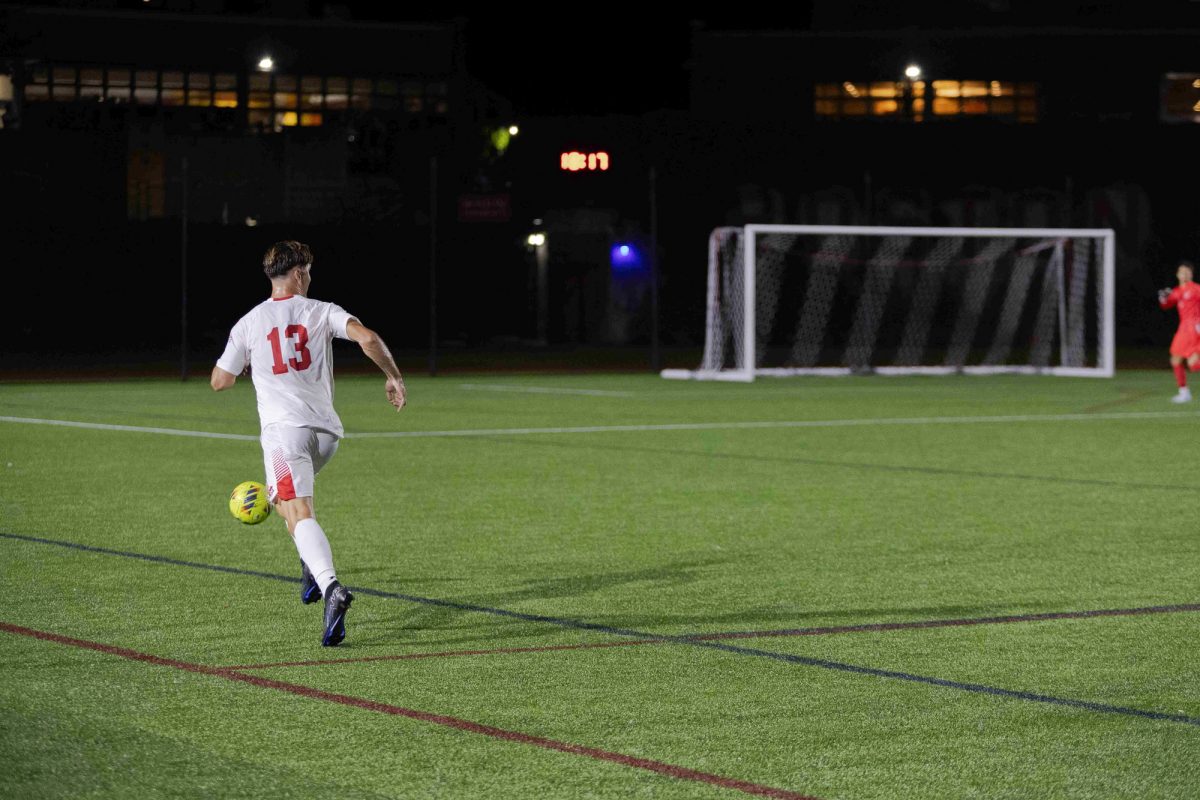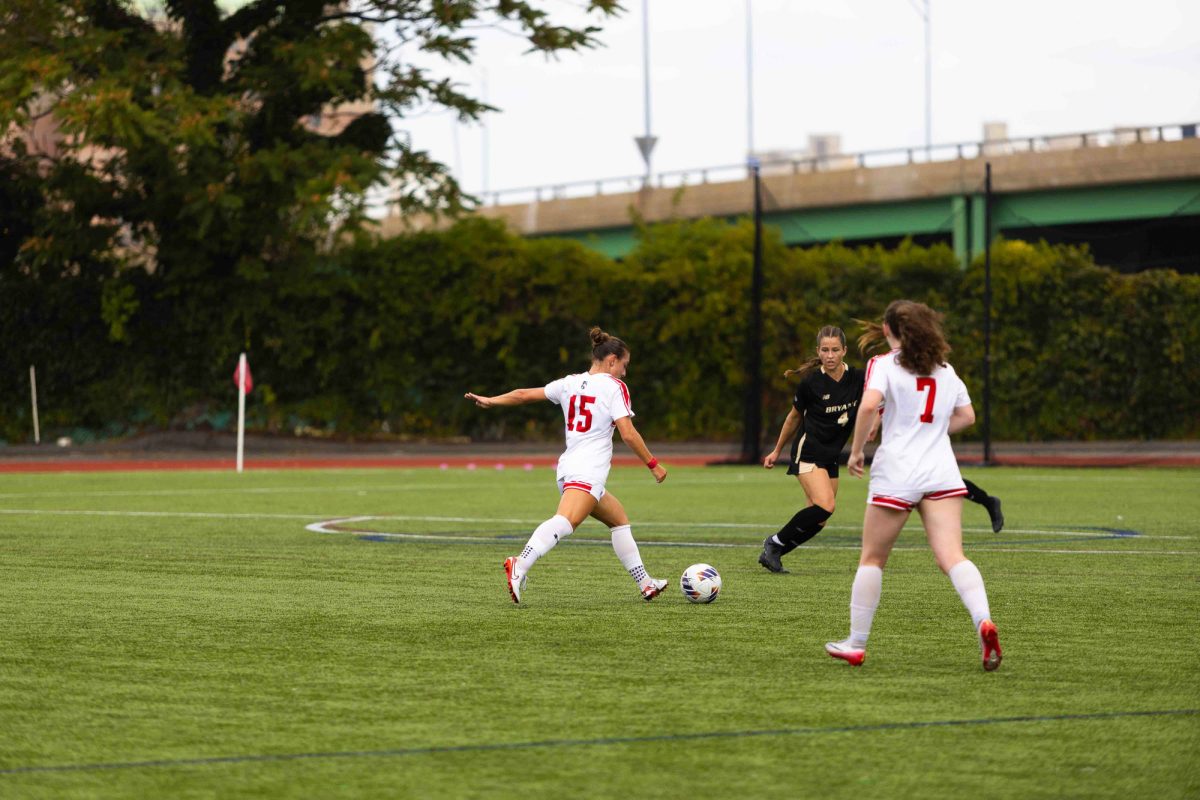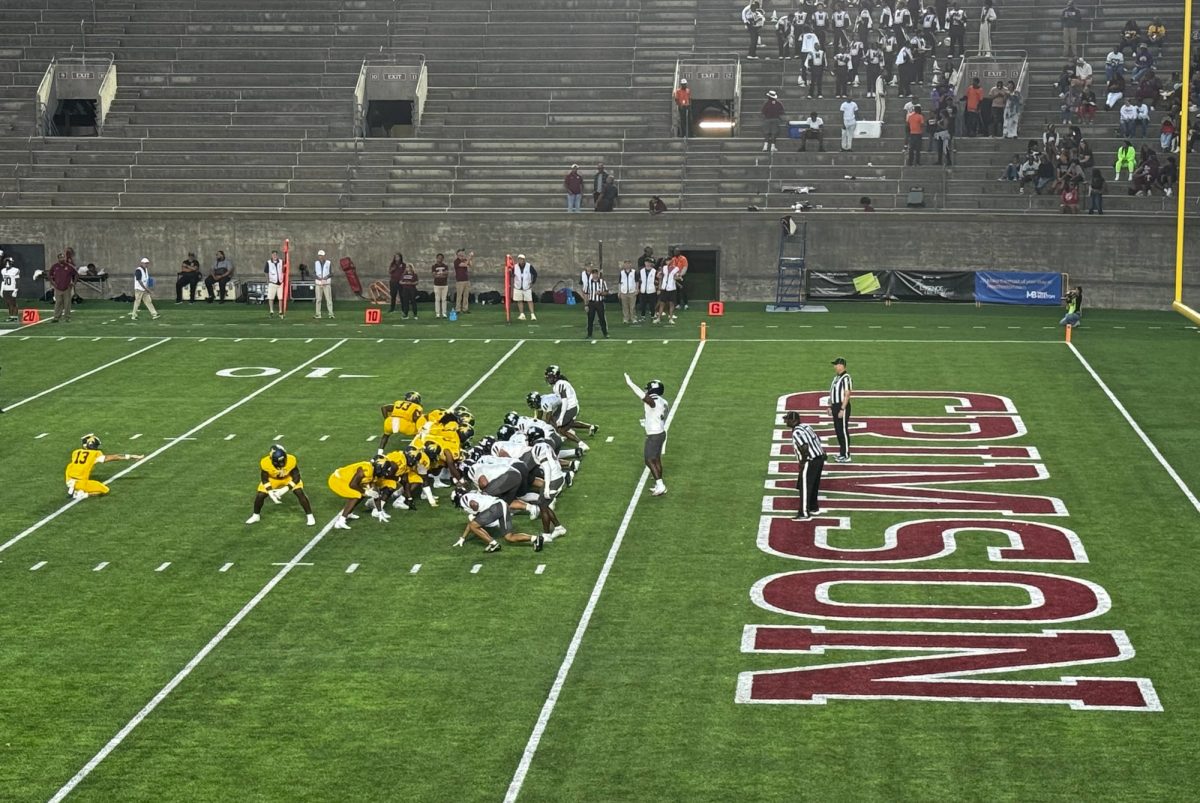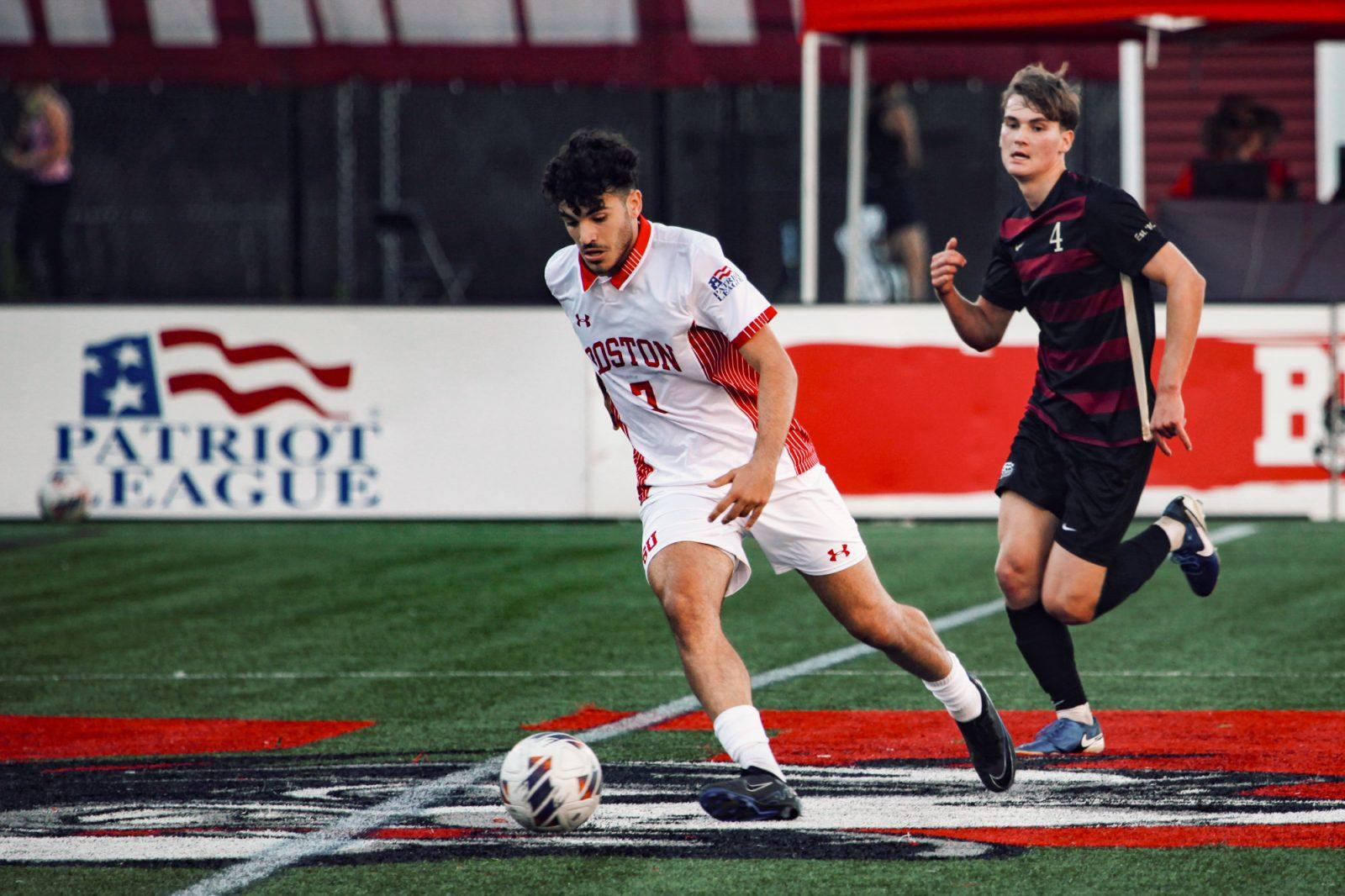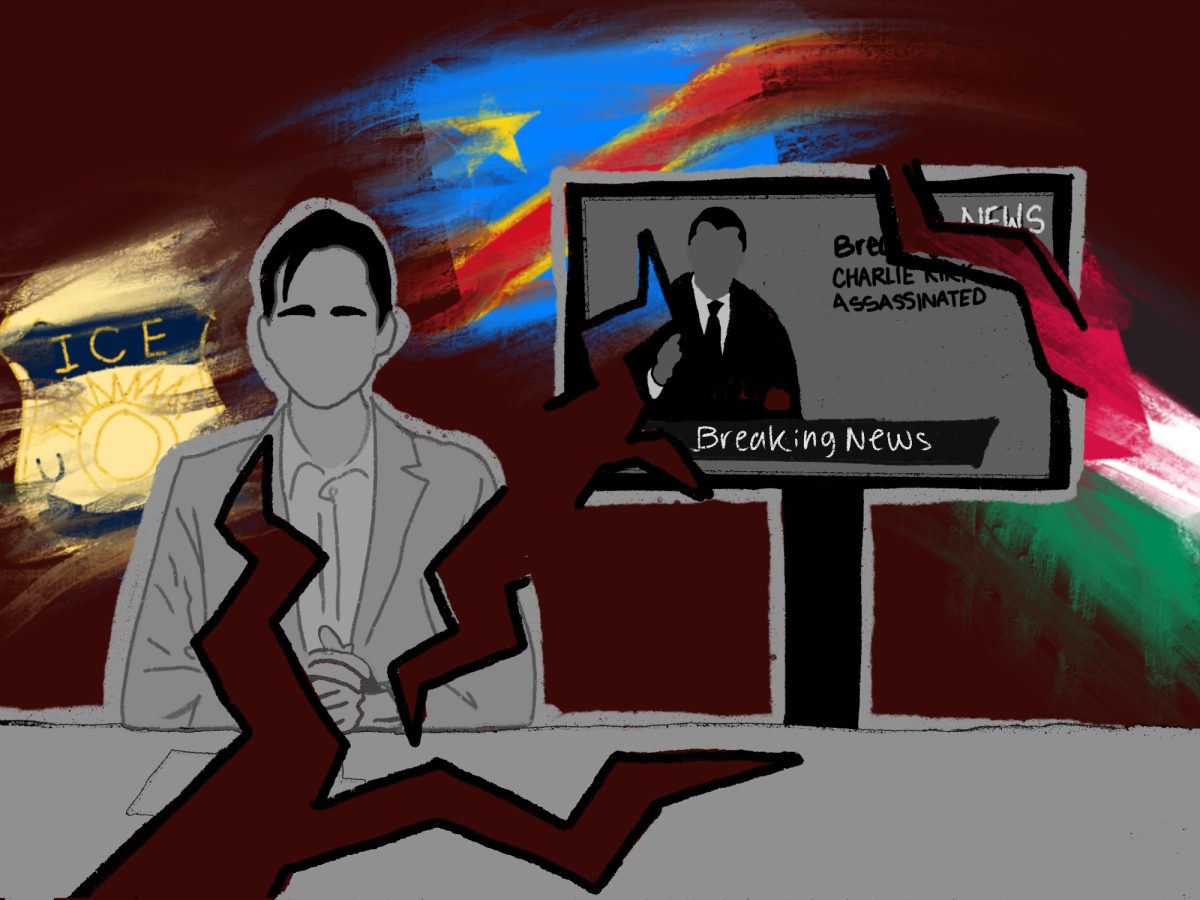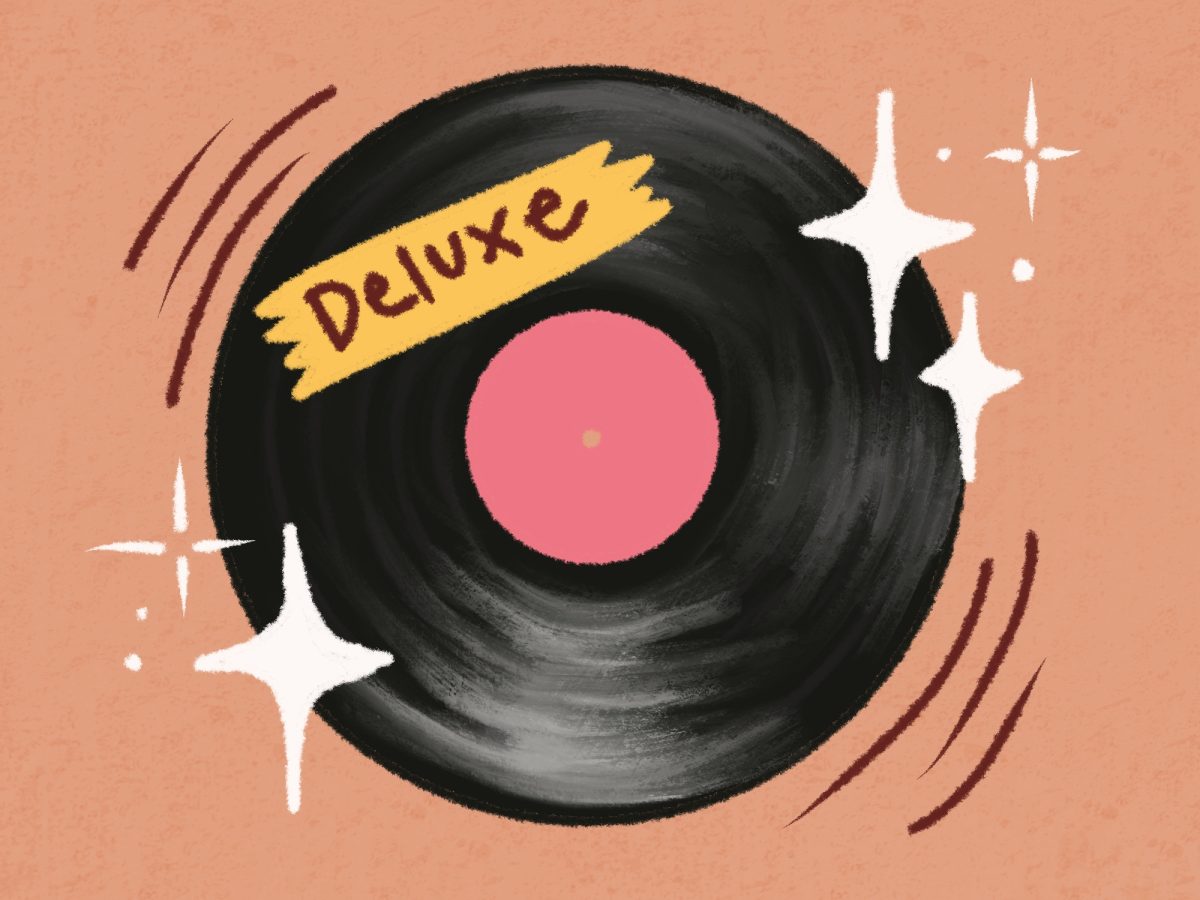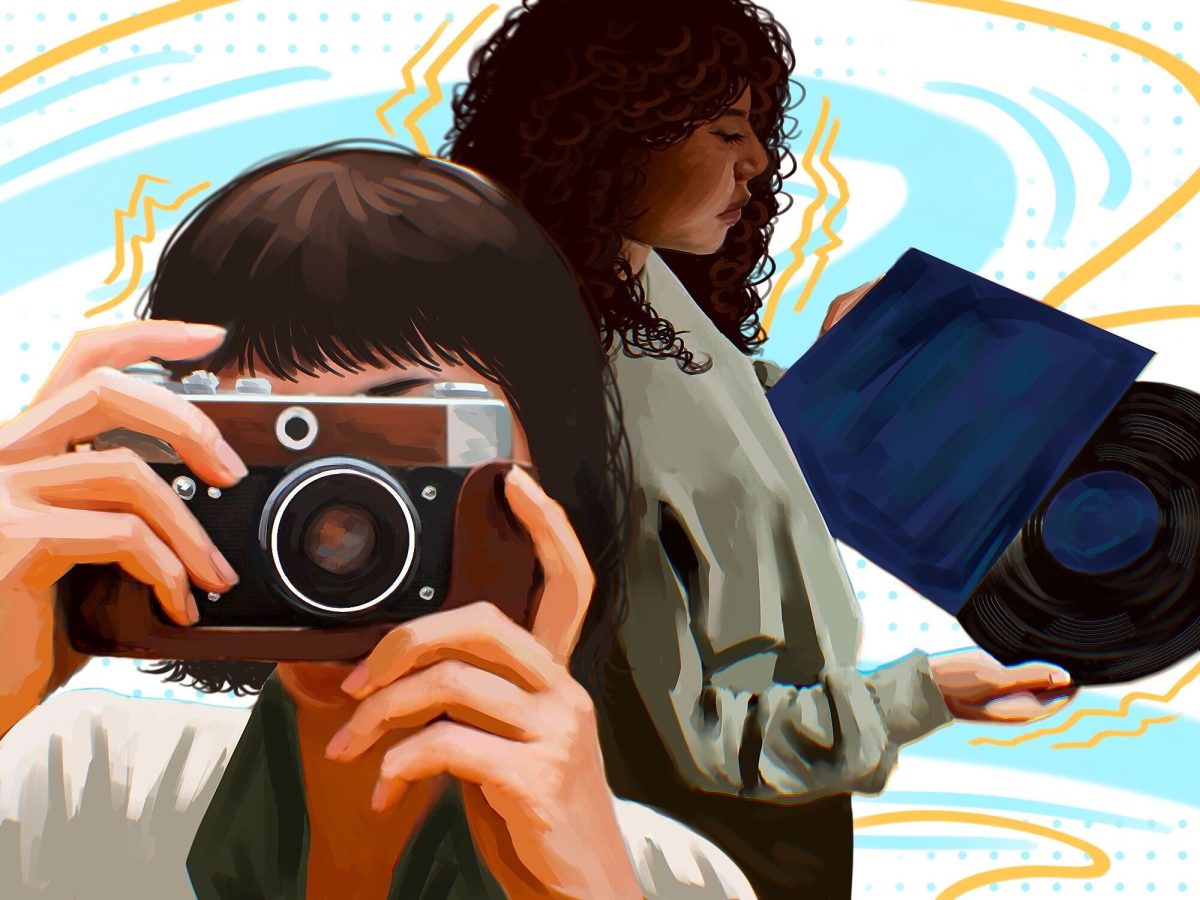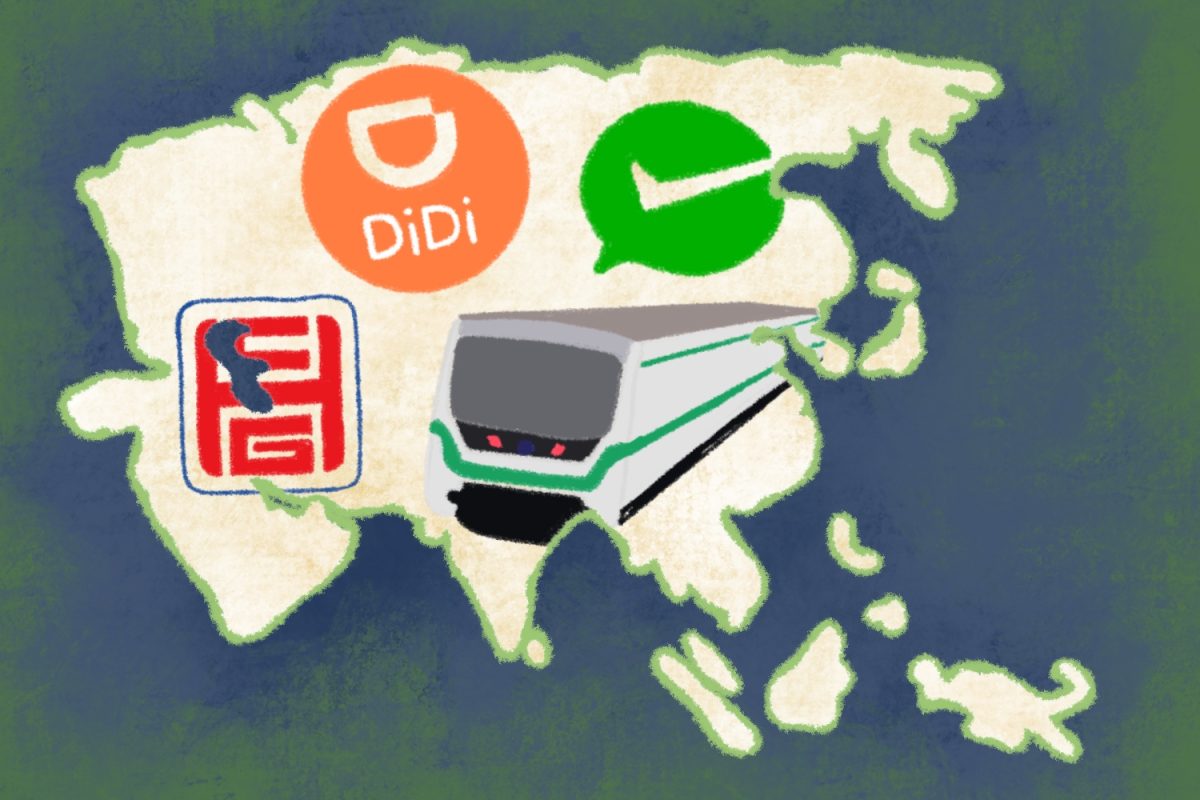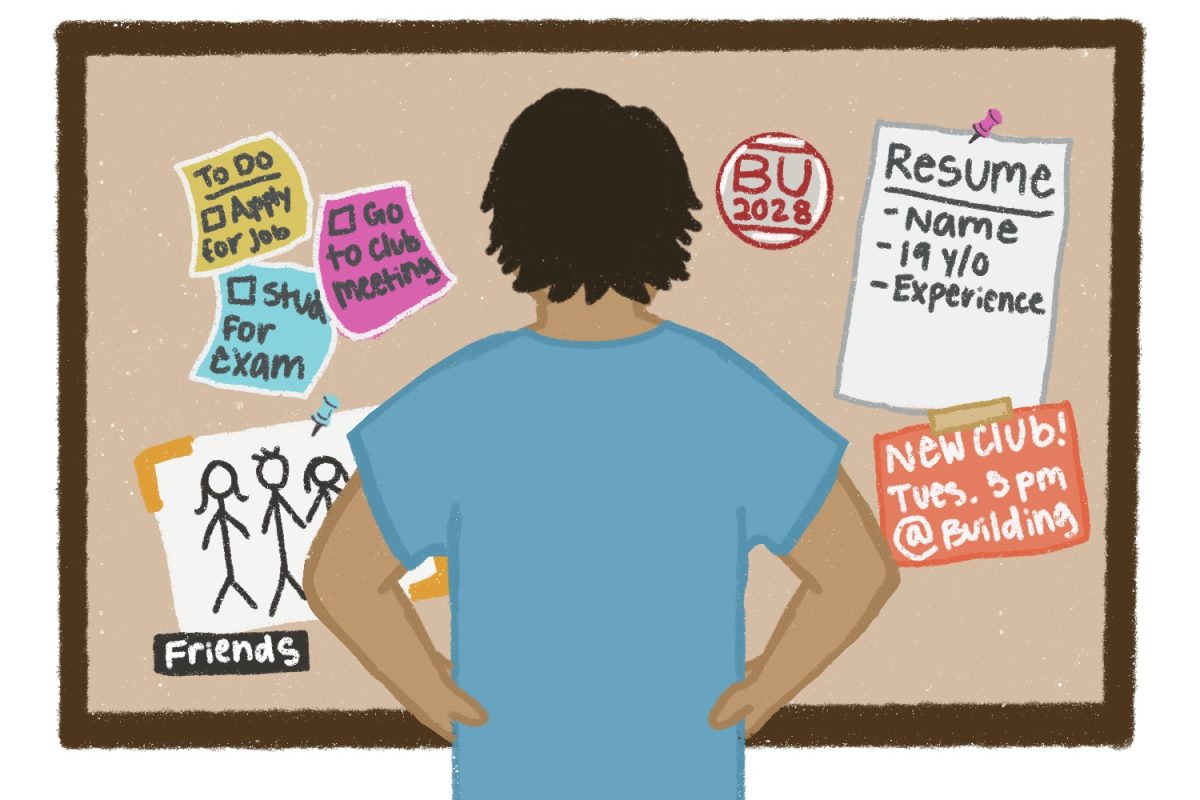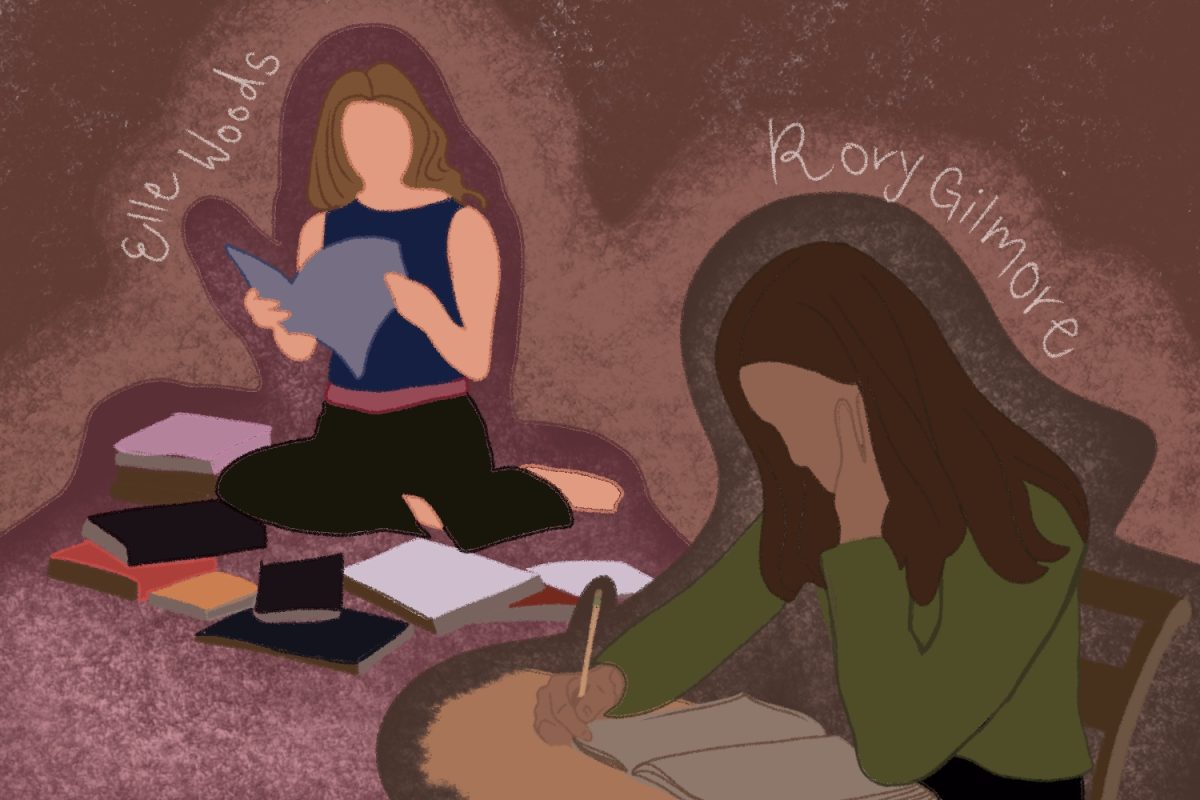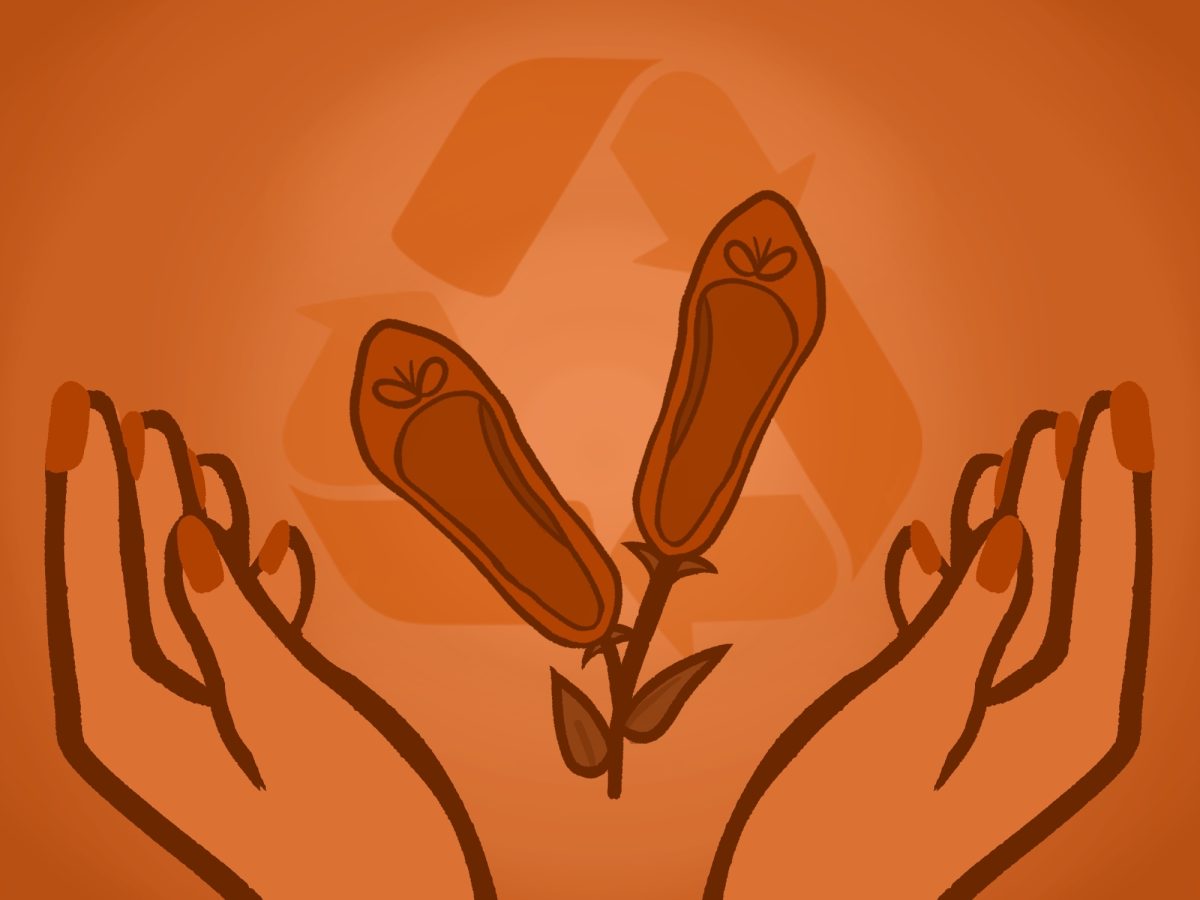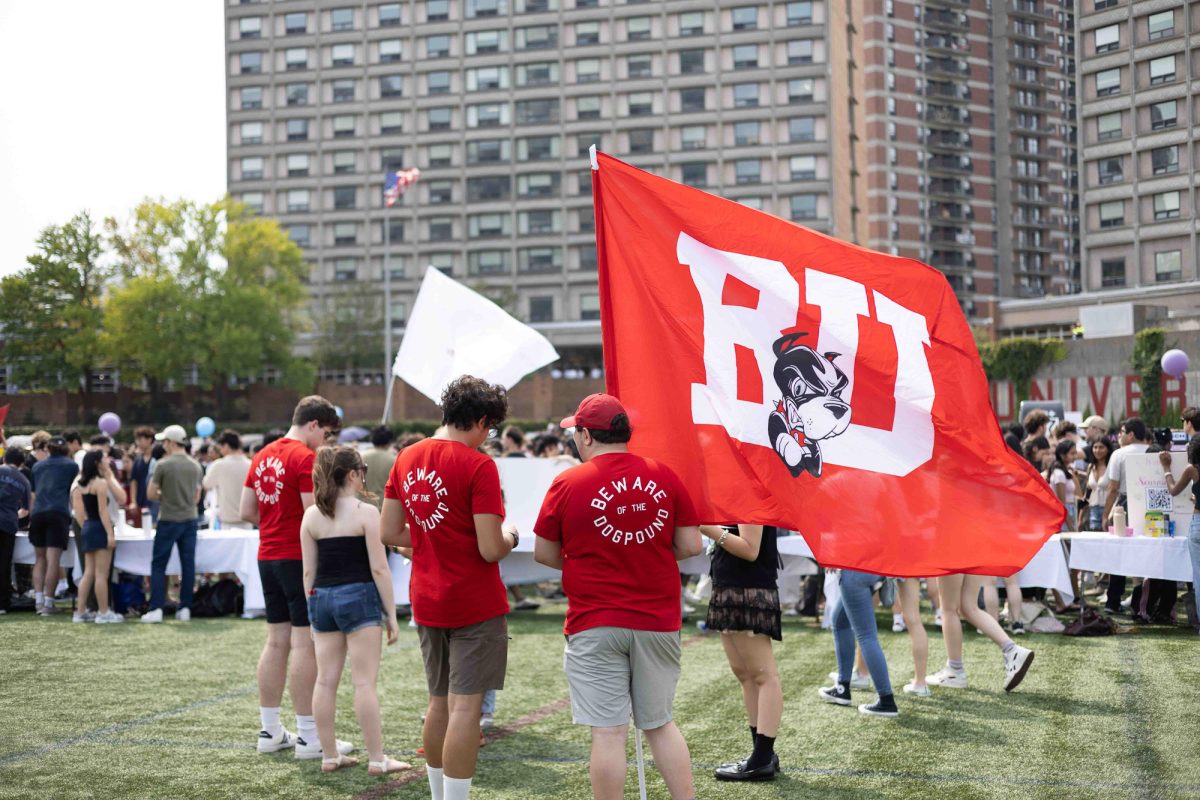After a string of recent Black deaths at the hands of police in America, the killing of George Floyd was the last straw that prompted a fierce outrage echoing throughout the nation.
Floyd’s death in particular garnered seemingly more attention partly because it was on video record. Witnesses saw police officer Derek Chauvin kill Floyd while three other officers watched.
Street surveillance shows a clear injustice in the way the situation was handled, and proves a horrifying reality for Black Americans — if their death is not televised, they will not receive justice.
Activists took to the streets quickly to protest years of police brutality, and marches escalated into riots across the nation. It is understandable that there comes a breaking point when an oppressed group, such as the Black community, can no longer remain docile in the face of disproportionate violence and death.
Many successful revolutions began as peaceful protests that evolved into violence. Riots such as the ones we are seeing now will leave a lasting physical impression on cities; shattered glass and graffiti outlast fleeting protestors and curfews.
However, the message of the Black Lives Matter movement is getting lost in the rubble of destruction. The looting in particular seems to have nothing to do with the initial message of the movement. Instead, small businesses — Black businesses included — are among those suffering the consequences. It would benefit those involved in this sort of agitation to be more cautious with whom they are targeting.
It’s become evident that many of the individuals inciting the violence are not actually allied with the BLM movement. People are taking advantage of the situation by attending protests with anticipation that things are going to turn violent. The brunt of blame then falls onto the oppressed group, even if protesters within that group were not the main instigators.
Communities have tried peaceful protesting over the years. Leaders such as Gandhi and Martin Luther King Jr. proved that this type of action can be fruitful.
But as a result of increasing polarization in this country, even human rights have come to be seen as a political agenda. That’s why calls for change in recent years continuously fail to be heard across the aisle.
Meanwhile, police are initiating violence even as people take to the streets to protest police brutality. Video evidence has shown protestors carrying signs and kneeling while police drive their cruisers through the crowd or throw tear gas unprovoked. When the National Guard, tanks and policemen in riot gear show up to the scene, it sends a message that they already expect escalation.
Police, understandably, are in high-stress situations. Civilians cannot know what goes through their heads as crowds initiate violence toward them and their property. But that does not make their unjustified actions, especially those taken out of sheer panic, acceptable.
It says a lot about the priorities of this country’s leaders when every member of a responding police force can be equipped with riot gear while medical professionals must combat a pandemic wearing trash bags as supplies dwindle.
The same police officers sent to enforce the law are also the ones arresting journalists on live television. Reporters who display clear press credentials are targeted by rubber bullets and pepper spray and even getting arrested.
The officers committing these acts against the fourth estate are yet to be held responsible. As the media continues to be demonized by leaders in government with loyal support bases, it seems the country is relaxing its concern with upholding the constitutional right to report.
The intentional targeting of a free press is setting a precedent that it’s acceptable to violate a foundational constitutional amendment written to protect the fabric of democracy. The consequences that may result are dire.
If these officers truly had nothing to hide, they would not mind being held accountable for their actions. The press and their cameras are powerful tools in exposing police brutality — they freeze in time moments that the offending officers, and oftentimes their departments, don’t want the public to see.
And while journalism is essential to combating the perpetuation of past wrongs, so is education. Many issues have reached a point where advocating to an audience who is already well aware and in support of a movement becomes redundant.
Instead of simply posting flyers for people to scroll by on Instagram and Twitter, it is more effective to have genuine conversations with those with conflicting opinions. Those who are unsupportive of Black Lives Matter, for example, will not undergo a change of heart after clicking on a digital media graphic. Instead, seek out those you hope to convince, and ask them to have a discussion.
Going forward, it’s hard to speculate what America might look like in the coming months or even weeks. But so far, the burning buildings and broken windows have evidenced some effectiveness: Chauvin had been fired, then arrested and charged for third-degree murder and second-degree manslaughter after such public pressure.
But alongside that, these protests have also shed light on just how disunified America is at this moment. Violence appears the only way to be heard when writing to legislators and calling relevant authorities fall flat, even when the issue at hand isn’t necessarily a political one.
Whether or not Black people are equal human beings who deserve fair treatment should not be a debate. It is an issue of human rights, not a partisan football to be kicked around.

